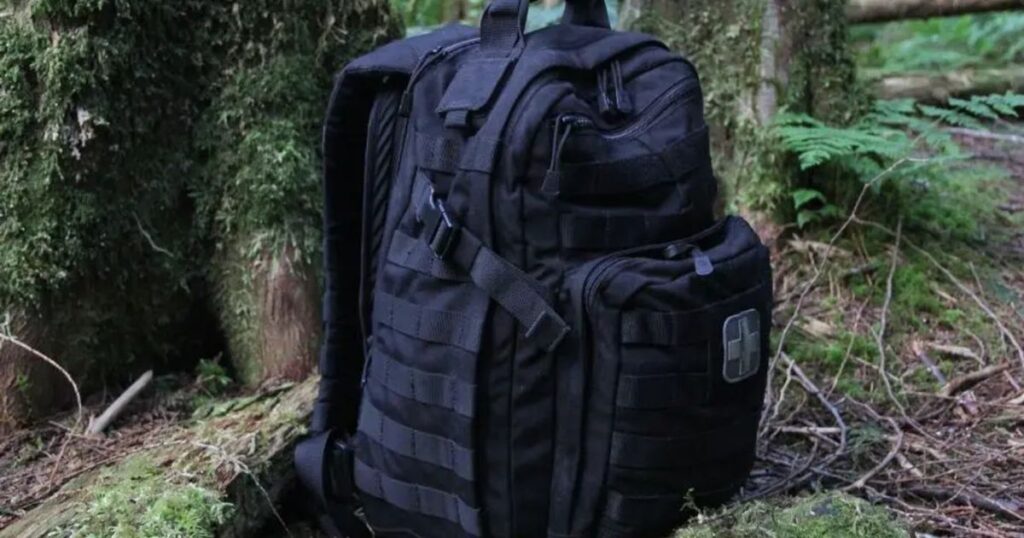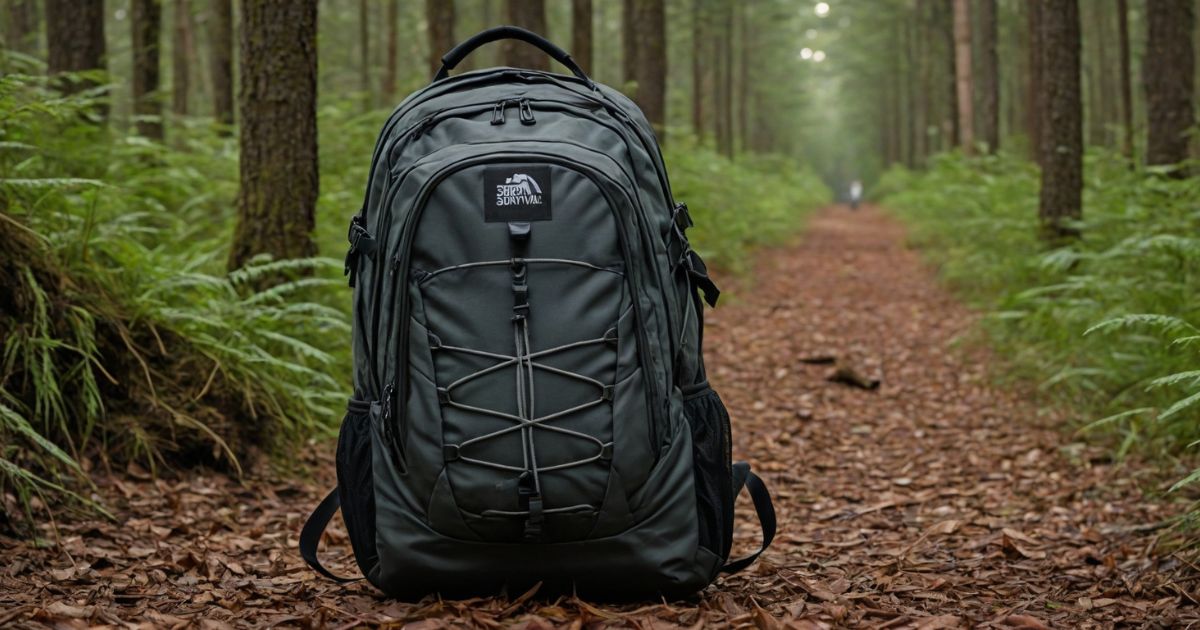Choosing the right survival backpack means finding one that fits what you need and carries your essential items. Make sure it’s strong, has enough room, and is comfortable to wear.
Picking the right survival backpack is key for staying safe. Our simple guide helps you choose the best one for your needs.
Pick a survival backpack that suits your needs and keeps your stuff organized. Check for strong materials, the right size, and useful features for your trips.
Understand Your Needs: What to Consider
Choosing the right backpack starts with understanding your needs. some key factors to consider:
- Purpose: Decide if you need the backpack for daily use, travel, or outdoor activities.This will assist you in selecting the appropriate features and size.
- Capacity: Think about how much space you need. If you carry a lot of items, look for a backpack with multiple compartments and a larger capacity.
- Comfort: Check for padded straps and a comfortable back. Try the backpack on to ensure it fits well and feels good, especially if you’ll be carrying it for long periods.
- Durability: Look for strong materials and quality construction. A durable backpack will last longer and handle heavy or rough use.
- Organization: Consider the number of pockets and compartments. Good organization helps keep your gear accessible and tidy.
- Size: Choose a size that suits your needs. A larger backpack is good for more items, while a smaller one is better for lighter loads.
Key Features to Look For in a Survival Backpack

When choosing a survival backpack, it’s important to find features that will keep you prepared and comfortable in any situation. some key features to consider:
- Durable Material: Look for strong, weather-resistant materials like nylon or polyester. This ensures the backpack can withstand tough conditions.
- Comfortable Straps: Choose backpacks with padded shoulder straps and a padded hip belt. This makes carrying heavy loads easier and more comfortable.
- Multiple Compartments: A good survival backpack should have several pockets and compartments. This helps you organize your gear and access items quickly.
- Waterproof or Water-Resistant: Ensure the backpack is waterproof or comes with a rain cover. This ensures your equipment stays dry even in rainy conditions.
- Emergency Gear: Some survival backpacks come with built-in emergency gear like a first aid kit, flashlight, or multi-tool. This is extremely beneficial during emergencies.
- Adjustable Fit: Look for a backpack with adjustable straps and a customizable fit. This allows you to make sure the backpack fits your body well for better comfort and stability.
Choosing the Right Size for Your Backpack
When picking the right size for your backpack, think about what you need to carry. For everyday use, a smaller backpack is usually enough. It should have enough room for your essentials like books, a laptop, or a water bottle. If you’re going on a trip or carrying more gear, a larger backpack with extra compartments is better. This helps keep everything organized and easy to reach.
Consider how long you will be carrying the backpack each day. If you’ll be using it for long periods, choose a size that’s comfortable and not too heavy. A well-sized backpack should fit your body comfortably and not strain your back or shoulders. Try different sizes and see which one feels best for your needs and activities.
Durability: Why Material Matters
When choosing a backpack, the material is very important because it affects how long the backpack will last. Durable materials like nylon or polyester are strong and can handle rough use. These materials resist tears, water, and wear from daily activities or outdoor adventures. A well-made backpack with strong materials will protect your gear and stay in good shape for a long time.
Choosing a durable backpack means you won’t have to replace it often. Check for high-quality stitching and reinforced areas where the backpack gets the most use. A backpack made from tough materials will be able to carry heavier loads without breaking. Investing in a durable backpack ensures you get better value and reliability over time.
Organizational Options: Keeping Gear Accessible
When organizing your gear, it’s important to have a plan so you can find what you need quickly. some tips to help you keep your items well-organized and easily accessible:
- Choose a Backpack with Multiple Pockets
Look for a backpack that has several pockets and compartments. This will allow you to separate and store different items like your phone, keys, and snacks. It helps keep everything in its place and easy to find. - Use Small Organizers Inside
Consider using small pouches or organizers inside your backpack. These can hold small items like pens, chargers, or first aid supplies. You can easily get what you need without sifting through everything.
Budgeting: Finding a Backpack That Fits Your Price Range
When looking for a backpack, first decide how much money you can spend. There are many backpacks at different prices, so knowing your limit helps. Look for backpacks that are good quality but not too expensive. Check for sales or discounts to save more. You don’t need to spend a lot to find a good backpack. Sometimes, a cheaper backpack can be just as good.
To save money, compare prices from different stores or websites. Make a list of what you need in a backpack and find ones that fit your list and budget. Reading reviews can also help you choose a good backpack without spending too much. By being smart with your budget and finding deals, you can get a great backpack at a good price.
Frequently asked questions
What should I look for in a survival backpack?
Look for a backpack with strong, durable materials. It should have enough space to carry essential items and be comfortable to wear.
How big should my survival backpack be?
The size depends on what you need to carry. For short trips, a smaller backpack is fine. For longer trips, choose a bigger one with more storage.
Is it important to have special features in a survival backpack?
Yes, features like waterproofing, extra pockets, and strong zippers can be very helpful in a survival situation.
How can I make sure the backpack fits well?
Try on the backpack to see if it feels comfortable. Adjust the straps to fit your body and make sure it does not feel too heavy.
Conclusion
Choosing the right survival backpack is key for safety and comfort. Look for a backpack made from strong materials and with enough space for your gear. Make sure it has useful features like waterproofing and extra pockets. Pick a size that matches the length of your trip. Try the backpack on to ensure it fits well and feels comfortable. By considering these factors, you can find a survival backpack that meets your needs and helps you stay prepared.











